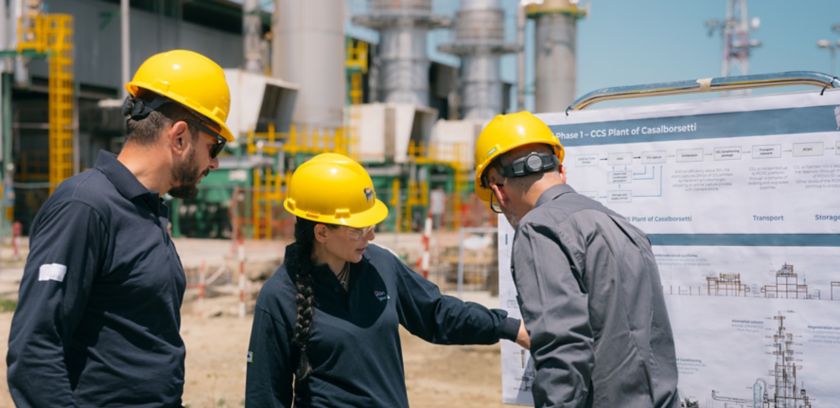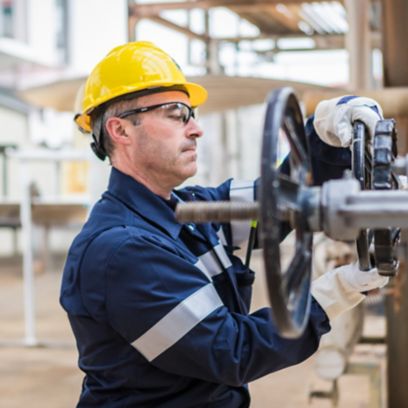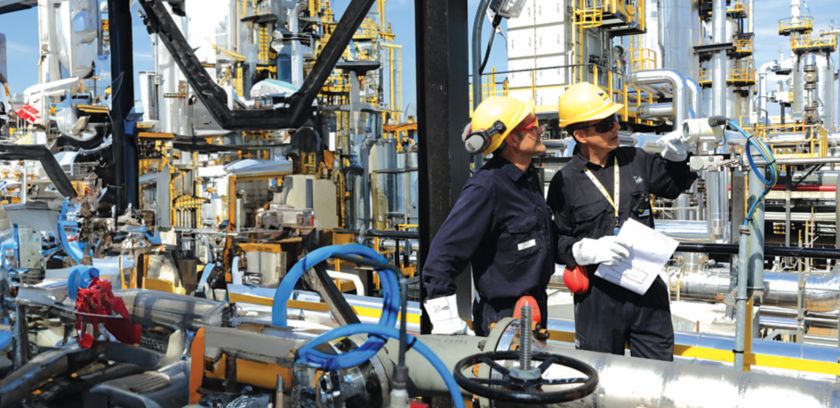e-hyrec® and e-lorec®
Filtration technologies to remove hydrocarbons from groundwater. The latter, in particular, won the Innovation Award at the EniAwards.
We are activating projects for the rehabilitation and recovery of land, water and waste, encouraging their use within new sustainable initiatives.
Through Eni Rewind, our environmental company, we are engaged in the exploitation of land, water and industrial waste or from reclamation activities, with reclamation and recovery projects. Our approach favours the application of low-impact technologies that avoid the need for excavation and disposal operations, thus reducing waste generation and lowering the carbon footprint of reclamation activities.
In Italy, we are redeveloping areas where, over the years, several companies have been involved with different kinds of industrial production. The objective is to revitalise the area in environmental, social and economic terms. This is why we are planning for the future reuse of the areas now through new development initiatives, in agreement with local institutions and stakeholders. Alongside the reclamation activities, in the areas where we operate, we create plants to produce energy from renewable sources ; an example are the initiatives in Ravenna (Ponticelle), Gela, Assemini, Porto Marghera and Porto Torres.
Filtration technologies to remove hydrocarbons from groundwater. The latter, in particular, won the Innovation Award at the EniAwards.
A technique torecover contaminated soil by identifying combinations of plants and microorganisms capable of capturing and degrading heavy metals and hydrocarbons in the soil.
Passive sampling on polyethylene film is used to verify the distribution of organic contaminants to target site remediation.
With this method we check the status of contaminants to assess opportunities for biological treatment.
The results of our environmental reclamation activities in 2022.
contaminated land undergoing reclamation
of contaminated land will be reclaimed by 2030
of contaminated land will be reclaimed by 2050

We have developed two systems to recover hydrocarbons dispersed in groundwater, both those on the surface and on the bottom.

We use plants and special microorganisms for the environmental remediation of soils from pollutants.
Other examples of technologies we apply in remediation activities.
The e-limina® method combines microbiological, molecular and isotopic monitoring systems to establish the state of biodegradation of contaminants and assess the applicability of biological technologies for site remediation.
LDPE is low-density polyethylene, which is used in plastic bags. Passive sampling on polyethylene film quantifies the distribution of organic contaminants in sediments and soils of volatile organic compounds in soil gas, allowing targeted environmental interventions to be identified.
A well-established system for securing and reclaiming groundwater: in a closed circuit, water is extracted, treated and re-injected into the ground at a lower concentration than when it was extracted and at a different depth.
Other examples of technologies we apply in remediation activities.
The e-limina® method combines microbiological, molecular and isotopic monitoring systems to establish the state of biodegradation of contaminants and assess the applicability of biological technologies for site remediation.
LDPE is low-density polyethylene, which is used in plastic bags. Passive sampling on polyethylene film quantifies the distribution of organic contaminants in sediments and soils of volatile organic compounds in soil gas, allowing targeted environmental interventions to be identified.
A well-established system for securing and reclaiming groundwater: in a closed circuit, water is extracted, treated and re-injected into the ground at a lower concentration than when it was extracted and at a different depth.
With the aim of increasing sustainability, work quality and safety, with Eni Rewind we manage groundwater treatment plants (TAF) using the best available technologies. One example is the new dynamic control system, which allows real-time intervention in TAF plant operating parameters such as pressure, flow rate and phper to allow the plant the ideal conditions to function.
In addition, we manage the cycle of waste produced by the group's industrial activities or from environmental remediation and decommissioning operations, ensuring daily control of the supply chain in compliance with current regulations. We adopt technological and logistical solutions to increase the proportion of waste sent for recovery, to minimise the distance travelled between the production site and the delivery facilities, with a subsequent reduction in costs and environmental impact. Using established in-situ technologies, such as bio-stacking and soil washing, we maximise soil recovery while ensuring the environmental sustainability of the reclamation efforts.

From natural gas to circular chemistry, from electricity to CO₂ capture and storage: in Ravenna we design the future of energy.

New industrial projects in early 2023 will develop the energy transition, CO₂ reduction and the circular economy.

The first plant for chemicals from renewable sources is in operation and we are also engaged in the environmental reclamation of brownfield sites.

It is a positive transformation, which starts with the biorefinery and is complemented by an integrated programme that gives value to the region.
Our integrated model for the decarbonization of small, medium and large companies with ad hoc solutions.
